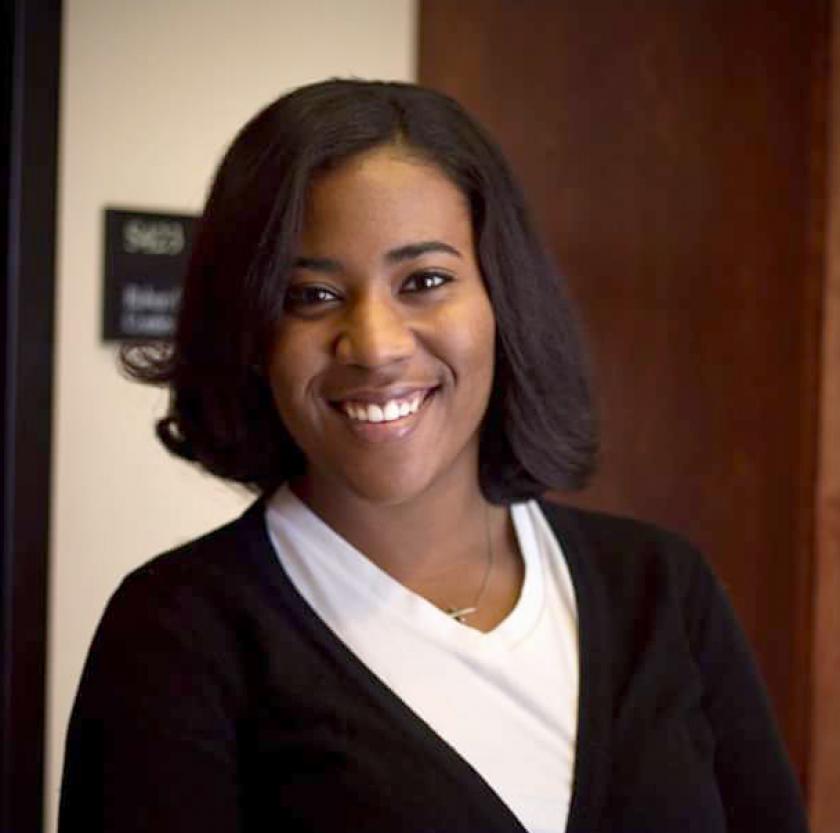
Master's student NaVosha Copeland is a 2017 recipient of the Harold T. Pinkett Minority Student Award given by the Society of American Archivists (SAA). The award will be presented at a ceremony during the SAA Annual Meeting in July. The award recognizes minority graduate students of African, Asian, Latino, or Native American descent who, through scholastic achievement, manifest an interest in becoming professional archivists and active members of SAA.
Copeland's initiative and ability to collaborate on projects related to archives, primary source research, and community building impressed the SAA Awards Committee. As the historian of the Emory Black Student Union (EBSU), Copeland created a presentation on the first African American students and faculty of Emory University, initiated the process to make available the records of student organizations, including the foundational documents of EBSU, and held open forums with students groups to ensure preservation of their records. She has also partnered with curators and librarians to develop an exhibit on African American productions of Shakespeare's Othello.
One of her supporters noted that Copeland is "adept at identifying relevant collections, interrogating the material, and repurposing it to affect change or to recognize past achievements of students and faculty of color on campus."
"My goal is to become an archivist who assists diverse communities in accessing and using the archives. I am committed to developing outreach initiatives that will attract communities of color," said Copeland.
Established in 1993, the award honors the late Dr. Harold T. Pinkett, who served with distinction during his long tenure at the National Archives and Records Administration and who was a Fellow of SAA. Also receiving the Pinkett Award this year is Chido Muchemwa, a graduate student at the University of Austin at Texas.
Founded in 1936, the Society of American Archivists is North America's oldest and largest national archival professional association. SAA's mission is to serve the educational and informational needs of more than 6,200 individual and institutional members and to provide leadership to ensure the identification, preservation, and use of records of historical value.